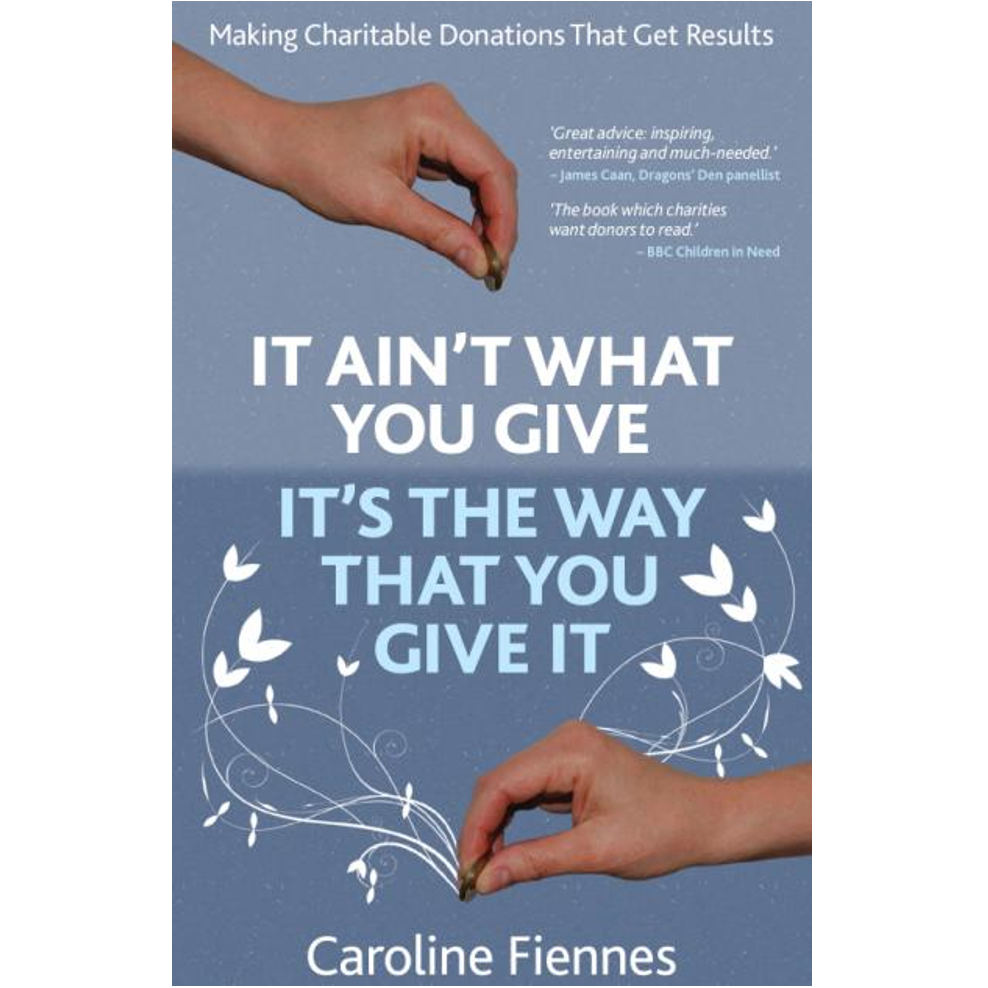This article first published in the Financial Times in January 2018
A growing number of funds take a shorter-term approach
Having spent its entire war chest of $100m, the Skoll Global Threats Fund closed last month. Jeff Skoll, eBay’s first employee and first president, created the fund to “make progress against five of the gravest threats to humanity” — climate change, pandemics, water security, nuclear proliferation and conflict in the Middle East — and gave it eight years.
It is one of a growing number of foundations which are “spending down” and disbanding. Atlantic Philanthropies, set up by Chuck Feeney, co-founder of Duty Free shops, finished spending its $8bn in 2016 and will close in 2020. A foundation created with public donations after the death of Diana, Princess of Wales, closed in 2012.
The main alternative is configuring a foundation to exist forever by spending only the income generated from an endowment. “Forever is an awful long time,” said John D. Rockefeller, the US oil magnate, about the General Education Board he founded in 1902. It wound up in 1960.
The advantages of spending down seem so substantial that I’m surprised the choice is still debated. For a start, spending down avoids time and money being spent managing an endowment, freeing up resources. “The need is now,” Mr Feeney said. “Why wait?”
“If you are going to give some person or organisation some help, money or grant, do it quickly, without delay. It is twice as valuable to them now as later.
Publilius Syrus, a Syrian-born Latin writer (c. 85-43 BCE)
John Bothamley is a founder of the Four Acre Trust. He noticed that the trust was receiving income of about 5 per cent of its capital and paying 1 per cent in management fees. It was therefore spending 20 per cent of its income on fees. “It just seemed to me that this was a big chunk of income that wasn’t actually doing any good,” he said.
Second, the money gets to work faster. Suppose that $100 is contributed to a foundation which spends 5 per cent a year, the legal minimum in the US. “At a 10 per cent discount rate, for example, the present value of the foundation’s cumulative contributions is only $21. After 100 years, it is still only $55,” according to Harvard academics Mark Kramer and Michael Porter.
By similar calculations, adjusted for inflation, the Carnegie Corporation gave only about 20 per cent of Andrew Carnegie’s gift in its first 100 years.
Third, early money is sometimes disproportionately valuable. The John Merck Fund, founded by the family related to the pharmaceutical group, said it was spending down because, in its chosen areas of clean energy, air pollution and sustainable food systems, “spending big in the near future will jump start innovative solutions” and the people affected “should not have to wait for small, incremental progress”.
And fourth, the foundation can focus on the problems it is trying to solve. Lord Sainsbury has spent £1bn through his Gatsby Charitable Foundation, which will spend down either during his lifetime or soon after. “I think over time it would cease to do what I want it to do, which is taking forward change, bringing about improvements, taking risks,” the founder said.
That said, don’t rush. Doing philanthropy well is hard. It takes time to master. Writing in a book marking the Gatsby Foundation’s £1bn milestone, Lord Sainsbury insisted on the importance of “splashing about in the shallows”, in other words, making small grants and getting to know people when you start giving into a new area, simply to learn how it works.
This is where the Skoll Global Threats Fund apparently went wrong. The short report it published about its experiences appeared to conclude that making meaningful (and measurable) progress on those issues in a short timeframe was impossible.
The report recounts how the fund had false starts and needed to change tack a few times in the early days — which is entirely predictable for a new organisation doing a new type of ambitious work. Forever may be awfully long, but eight years is perhaps too short. By the time the John Merck Fund decided to spend down within 10 years, it had been operating for more than four decades.
A counterargument made by advocates of perpetual foundations is their stability. In a book published last year arguing that US foundations should not spend down, Professor Joel Fleishman of Duke University said that “if American wealth holders cease creating new perpetual foundations, they will deprive our society of the constant flow of support . . . [which has been] of immense benefit to society”.
That would only be true if new foundations were not continually popping up to replace those that spend down. For instance, among the huge influx of money into philanthropy from Big Tech companies, we now see new mega-foundations founded by, for example, Facebook’s Mark Zuckerberg and Steve Jobs’ widow. Growth is particularly strong in China, where giving by major donors has more than tripled since 2010.
Julius Rosenwald, part-owner of Sears, the US retailer, had his foundation spend down between 1917 and 1948. “I feel confident that the generations that follow will be every bit as humane and enlightened, energetic and able, as we are, and that the needs of the future can safely be left to the generations of the future,” he said. We can surely share that confidence.

